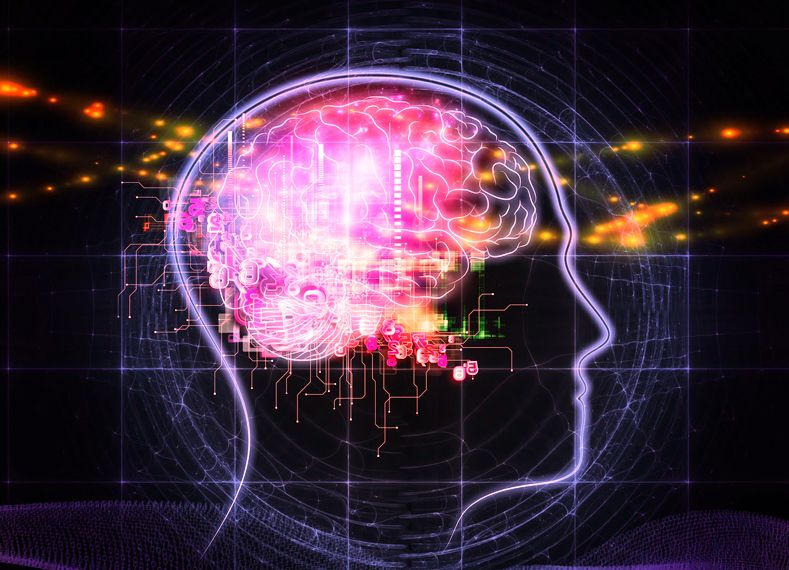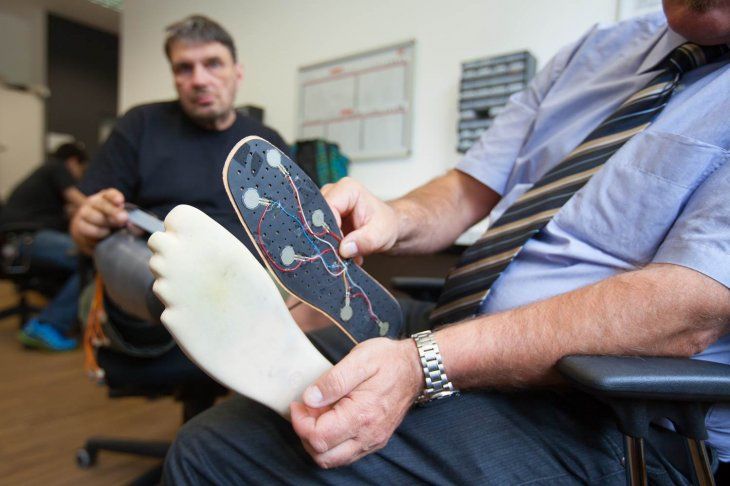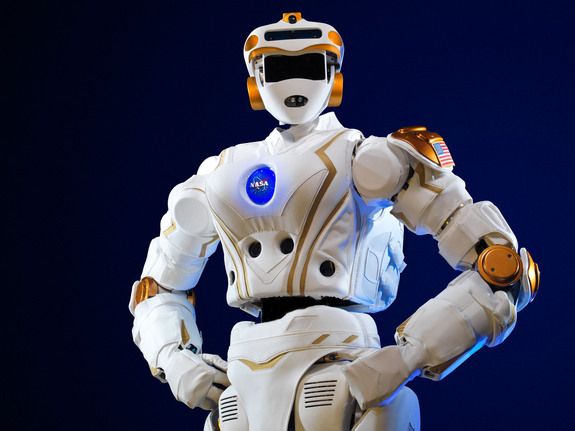“It has taken time for neural networks, initially conceived 50 years ago, to become accepted parts of information technology applications. After a flurry of interest in the 1990s, supported in part by the development of highly specialized integrated circuits designed to overcome their poor performance on conventional computers, neural networks were outperformed by other algorithms, such as support vector machines in image processing and Gaussian models in speech recognition.” Read more








